Content

Instructions for preventing leaks in a simple wastewater treatment system
Update: 12/06/2023
Share:




Causes of Leakage in Wastewater Treatment Systems
There are many reasons that lead to leakage in wastewater treatment systems. These include:
Material Damage
Deterioration of materials used in wastewater treatment systems is the main cause of wastewater leakage.

Examples include: Damaged water pipes, tanks. Or the system may be corroded, broken, leading to wastewater leaking outside.
Design Flaws
Inaccurate or inappropriate design of the structure, flow rates of wastewater can lead to leakage.

Some basic design flaws include unsuitable materials, appropriate pipe sizes, poor quality joints, or missing joints leading to wastewater leakage.
Inadequate System Maintenance
Regular maintenance helps to detect and repair issues early, reducing the risk of incidents during operation, especially leakage.

Failing to regularly maintain components such as pipes, valves, pumps, screws will make the operation inefficient and lead to leakage.
Excessive Pressure
- Excessive pressure causes the wastewater treatment system to constantly endure high pressure, leading to leakage.
- If the pressure exceeds the tolerance of devices such as valves, water pipes, they may break, crack, and leak.
Blockages
During operation, the wastewater treatment system may encounter blockages, causing pressure and creating leakage at weak points.
Physical Impact
Physical impacts can damage the equipment used in the system, leading to serious wastewater leakage.
Impacts of Leakage in Wastewater Treatment Systems
Leakage in wastewater treatment systems has serious impacts, including:
Environmental Impact
- Leaked wastewater can cause serious environmental pollution, especially to surrounding groundwater sources, ponds, lakes, rivers, streams, or seas.
- Wastewater containing chemicals, microorganisms, pathogens can affect living organisms and the surrounding environment.
Impact on Human Health
- Leaked wastewater contains components that can affect human health.
- Leakage can impact the soil, water, and air environment. Prolonged exposure to these factors can lead to respiratory, digestive, skin issues.
- Leaked wastewater containing heavy metals and harmful organic compounds can affect human health if consumed or directly exposed to.
System Damage
- Leakage in wastewater systems can damage components such as pumps, water pipes, tanks.
- Pollutants in wastewater can corrode and damage components, equipment, leading to reduced efficiency and significant damage.
Guidelines for Preventing Leakage in Wastewater Treatment Systems
- Regularly inspect the wastewater treatment system. Timely detect, repair any issues, weaknesses, or signs of leakage in the system.
- Maintain the system to ensure all components operate stably and do not cause leakage.
- Focus on improving technical skills for technical staff.
- Use high-quality materials suitable for constructing, maintaining the system. This reduces the risk of leakage and damage.
Preventing leakage in wastewater treatment systems is crucial to avoid issues that affect the environment, humans, and the system itself. Therefore, it is essential to identify the causes, take preventive measures. If you have any questions or need advice, contact Toan A via hotline: 0913.543.469 for support and assistance.
Update: 12/06/2023
Share:




Related news
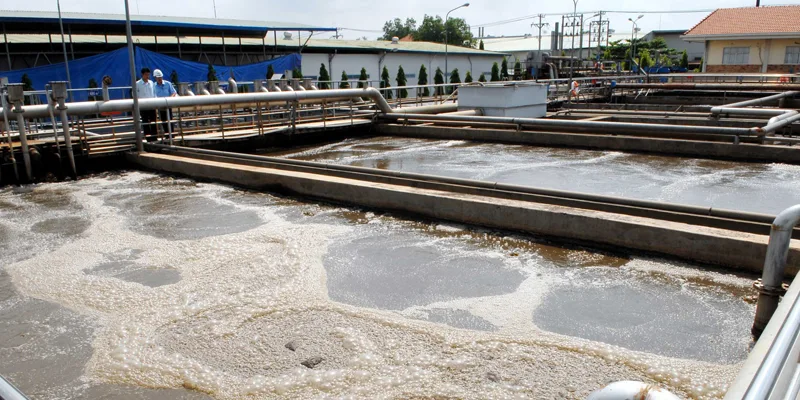
Industrial wastewater refers to the contaminated water generated from industrial activities. It typically contains a variety of pollutants, such as chemicals, heavy metals, oils, and other harmful substances. The composition of industrial wastewater can v
Industrial wastewater is contaminated water that can harm human health and the environment if not properly treated. The article below will provide more information about this hazardous wastewater and how to treat it most effectively.
Created at: 05/07/2024
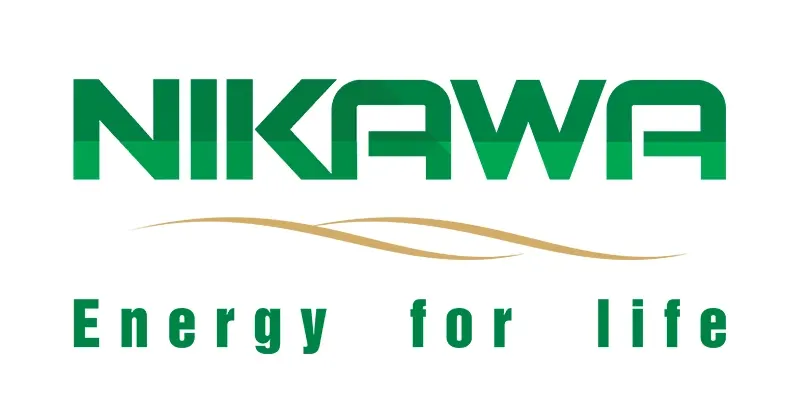
NIKAWA - Bringing pure water to every family
Nikawa has become a familiar name to Vietnamese consumers, offering a range of home and industrial water filtration systems. These products utilize advanced technology to completely remove impurities, bacteria, viruses, and heavy metals from water, providing users with pure and safe water.
Created at: 27/05/2024
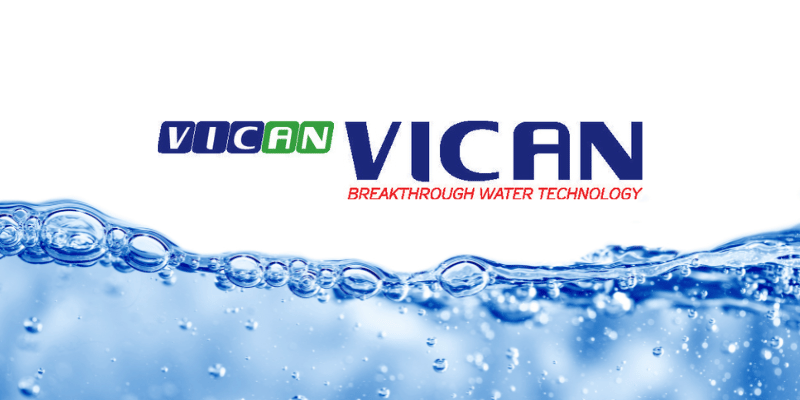
VICAN: A reputable supplier of water filtration and wastewater treatment solutions.
Vican is a reputable brand under the Vican International Group, specializing in providing advanced water filtration and wastewater treatment solutions for various applications, ranging from households and businesses to industrial zones or large-scale projects. With over 20 years of extensive experience in the industry, Vican has established a leading position in the Vietnamese market and expanded internationally, offering optimal solutions to customers worldwide.
Created at: 27/05/2024










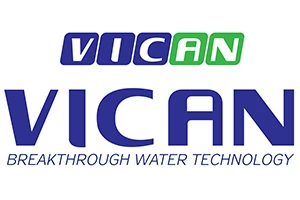






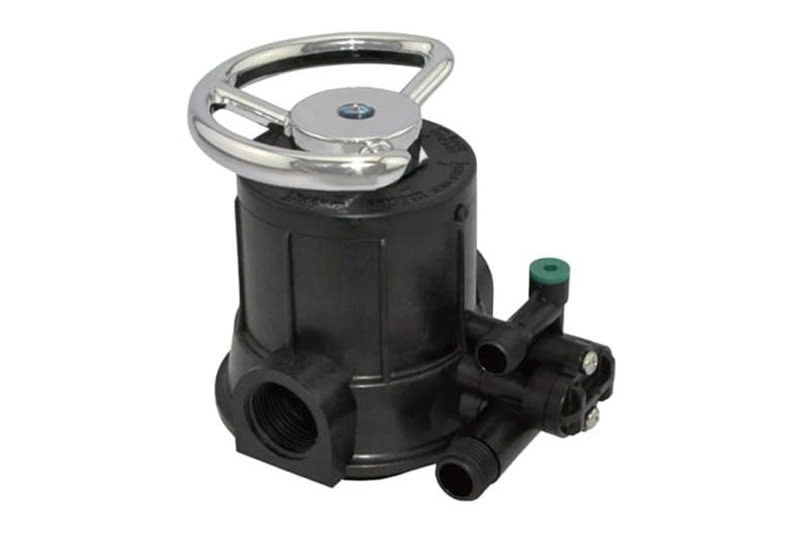
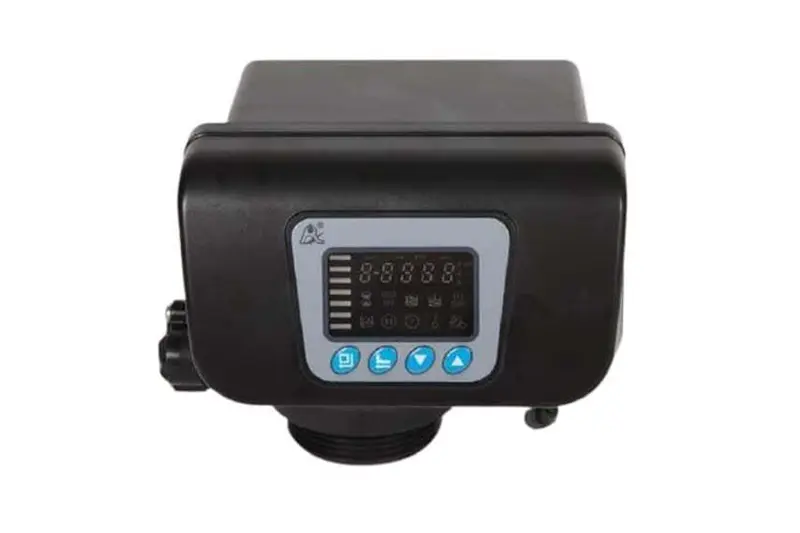




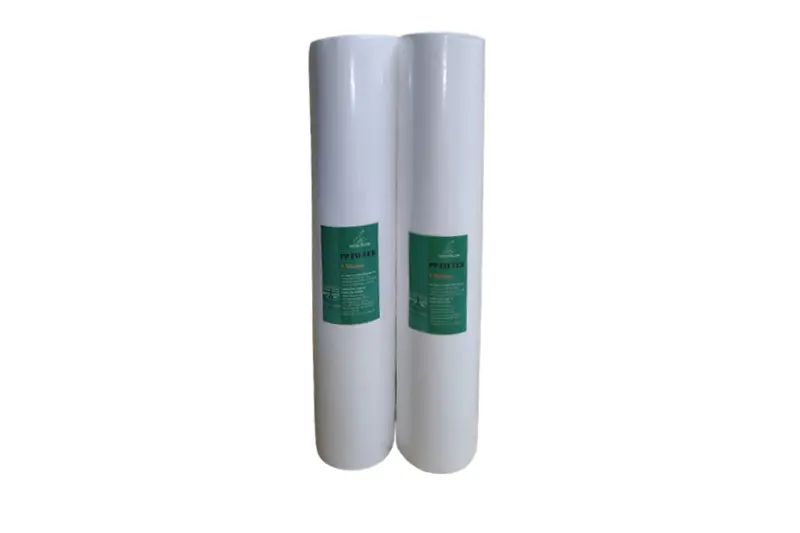



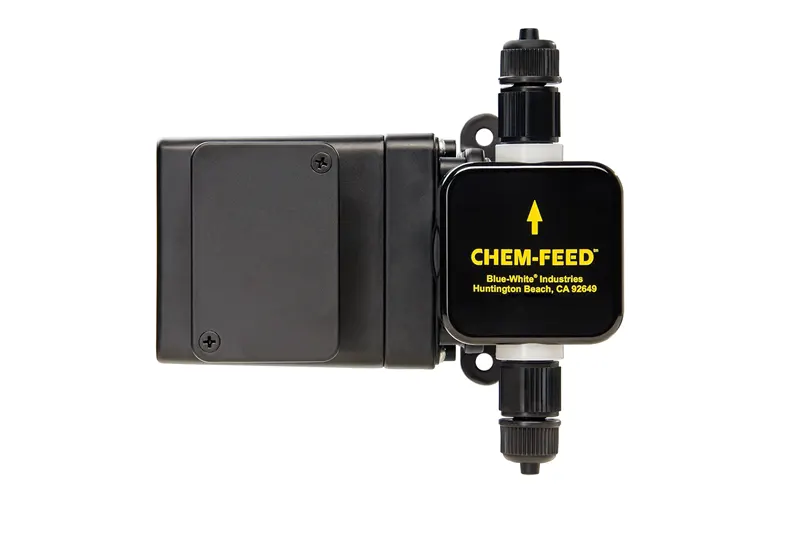
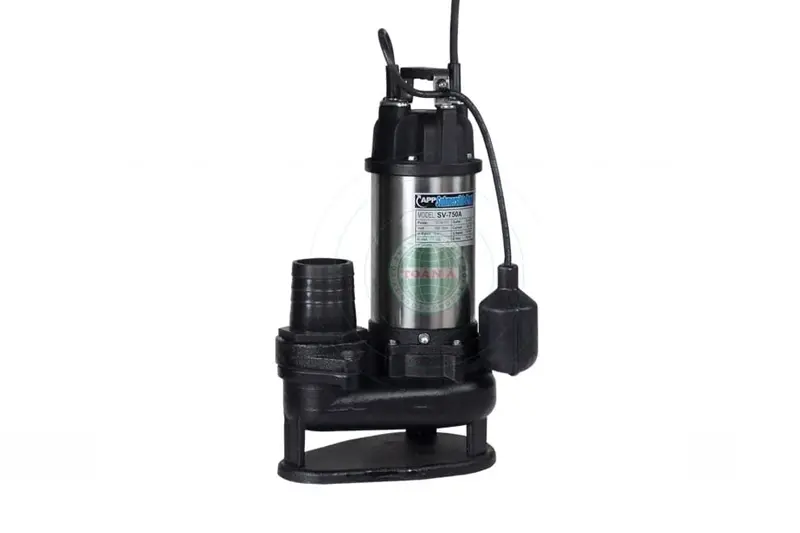



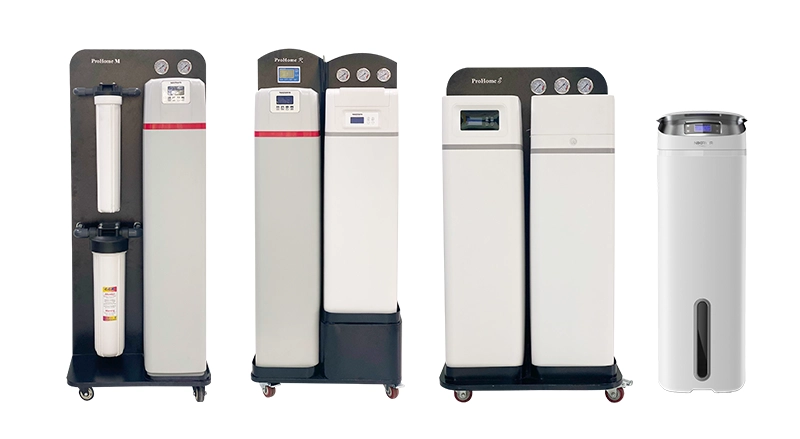
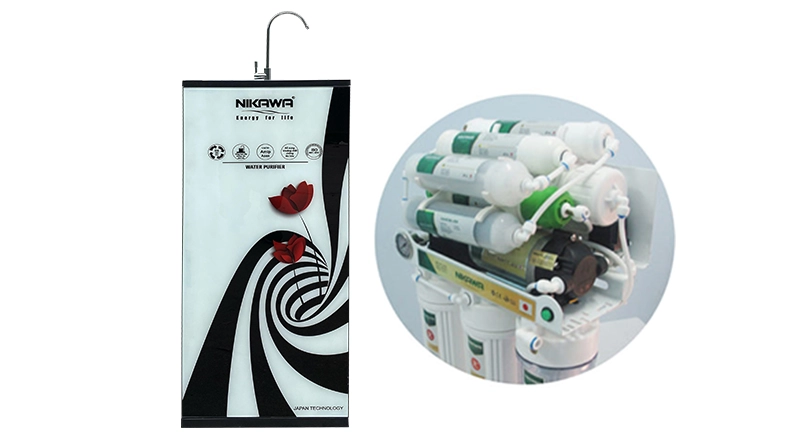
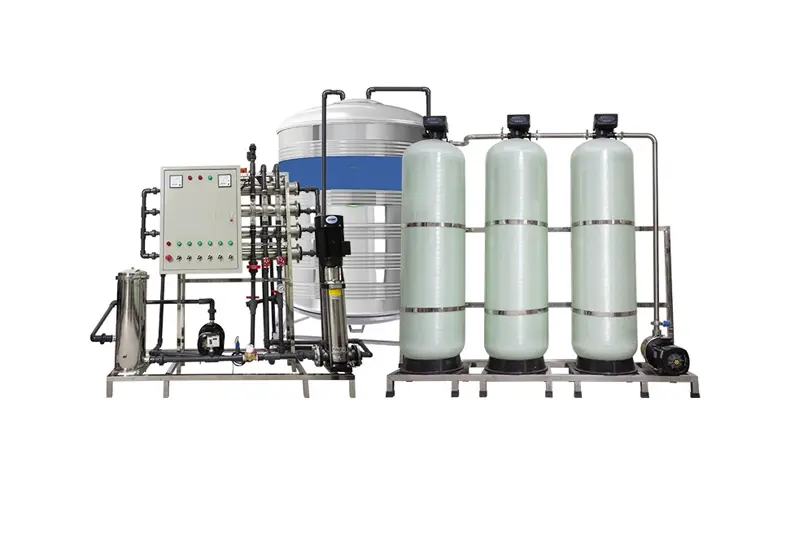
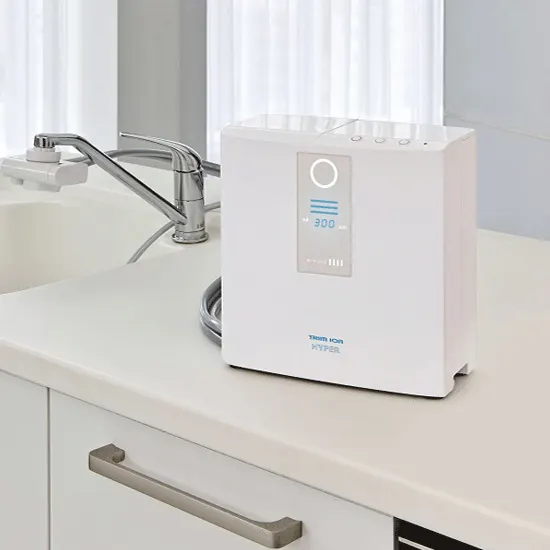
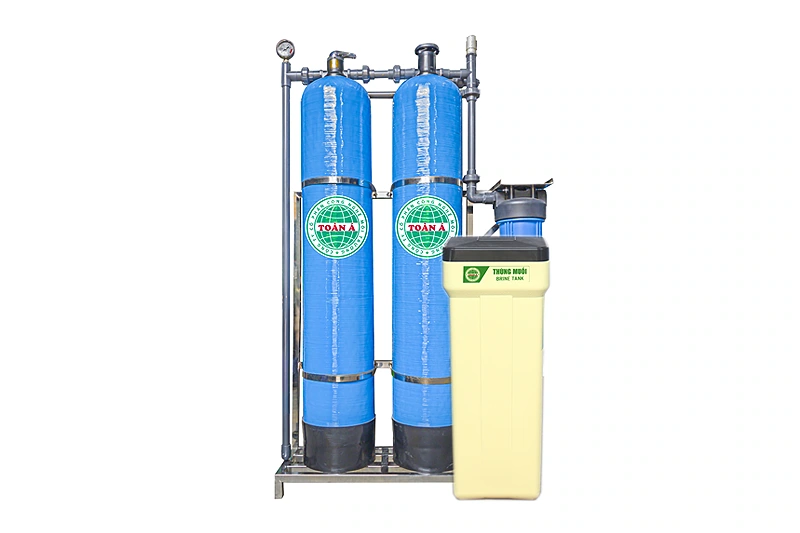


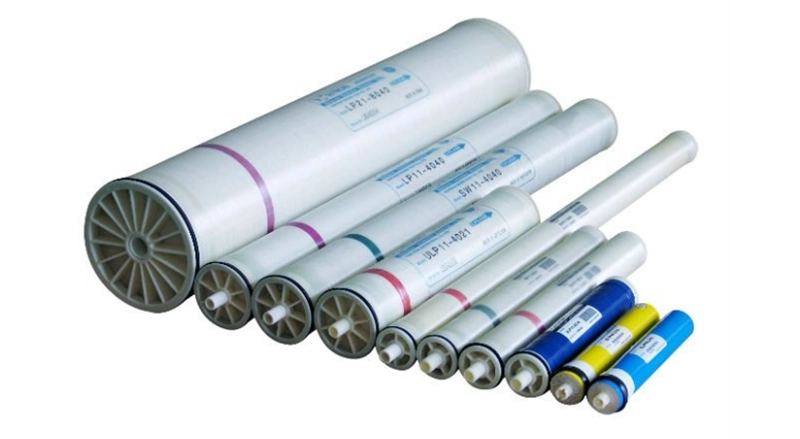
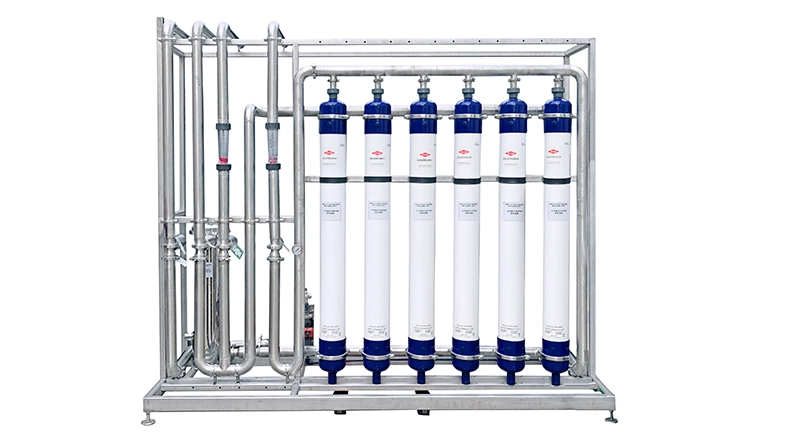


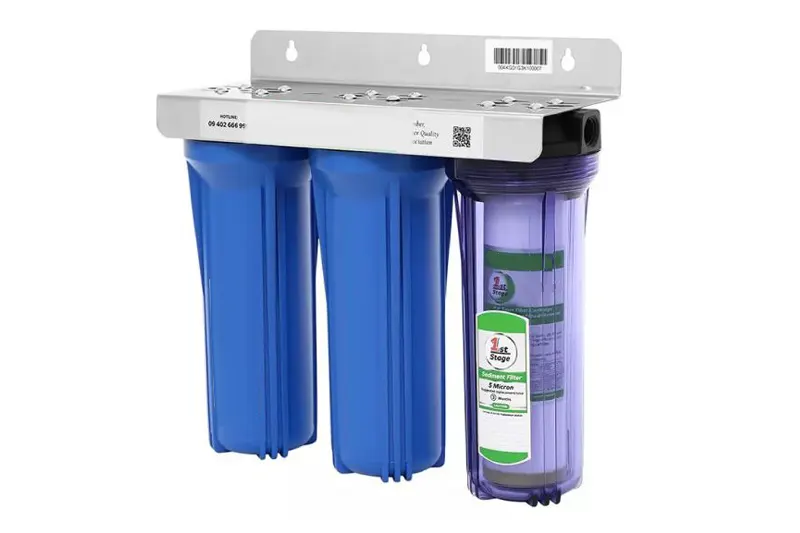

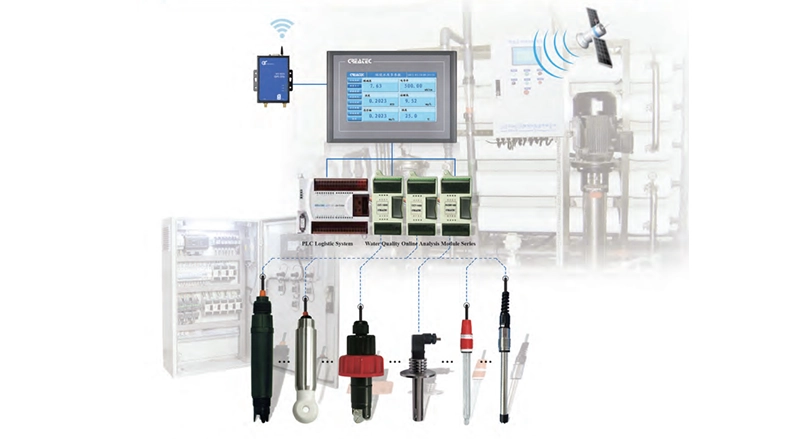
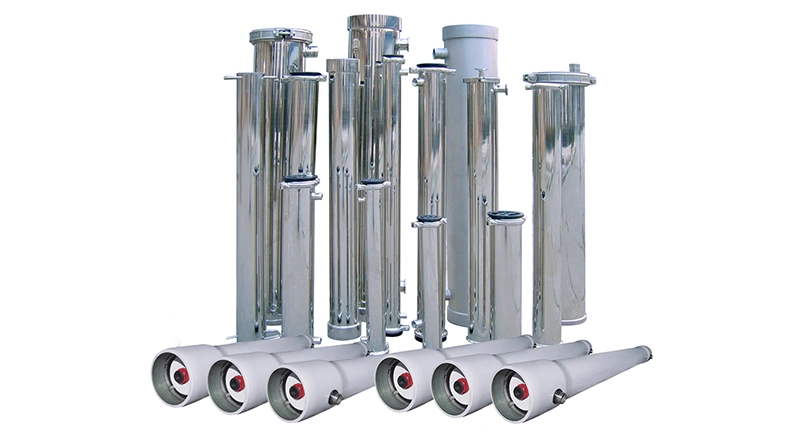
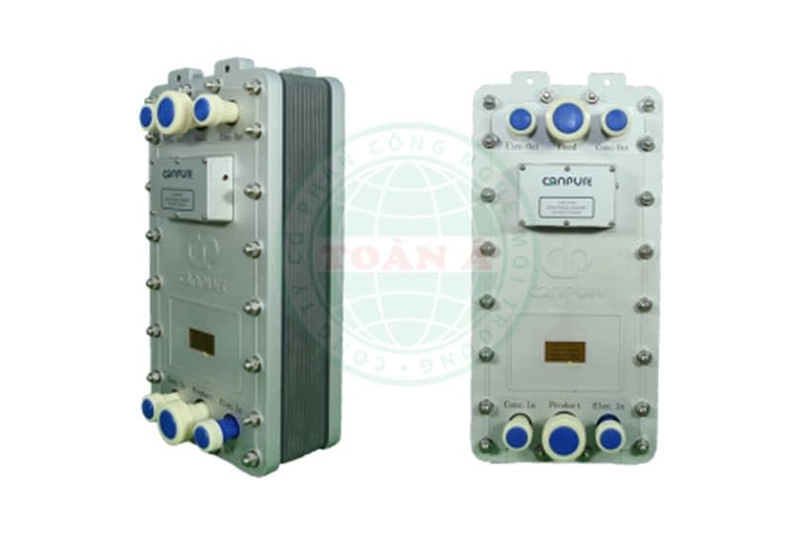
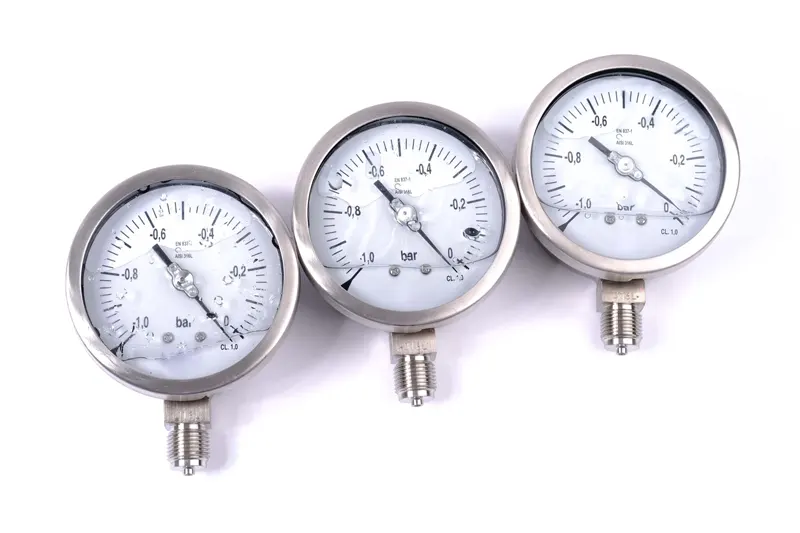
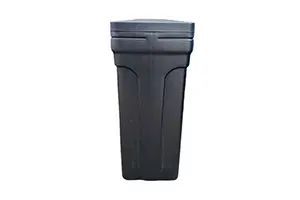


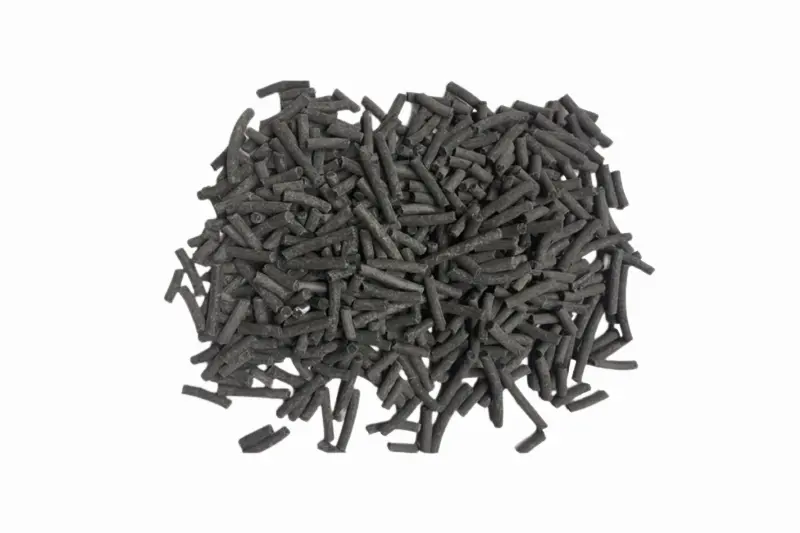
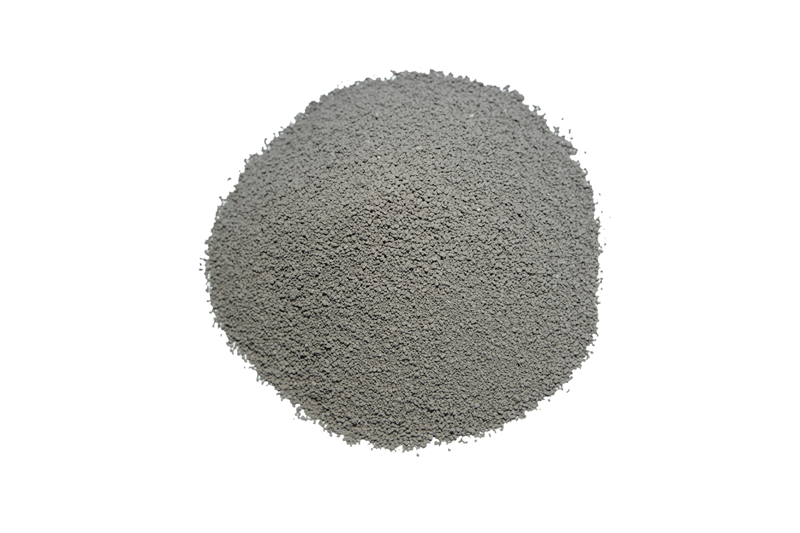
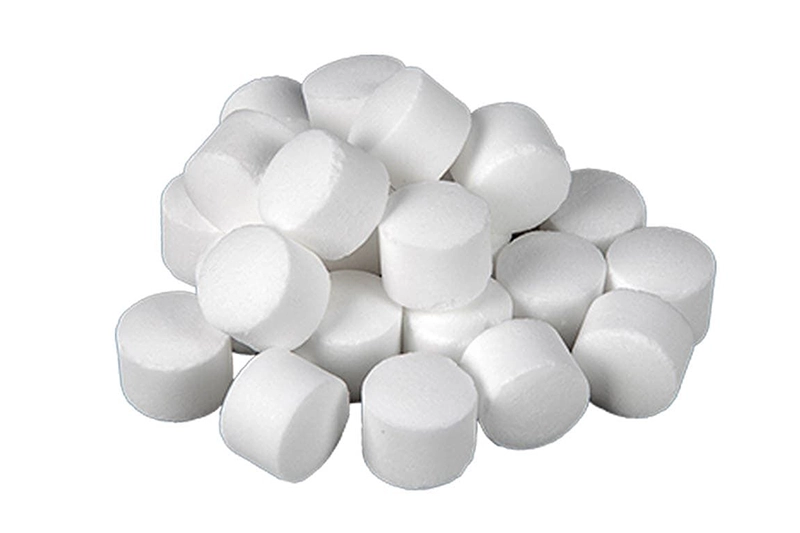
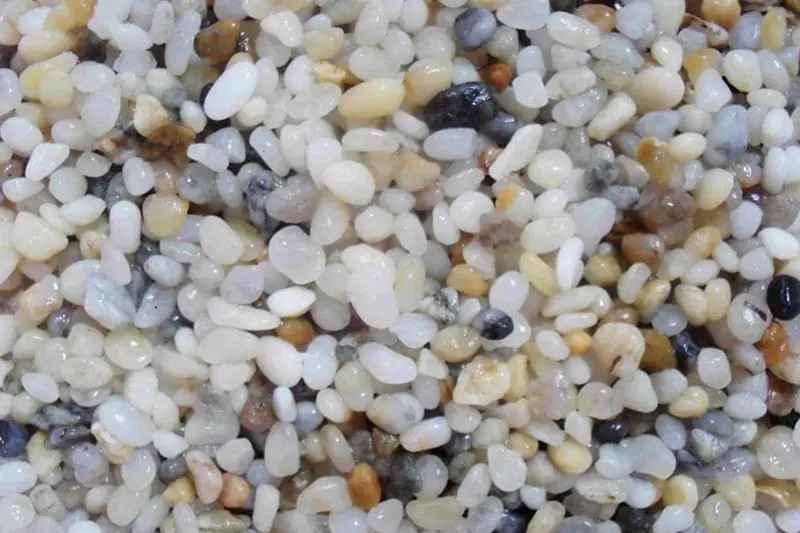














 Water Filter Columns
Water Filter Columns
 Water Filtration Membranes
Water Filtration Membranes
 Control Valves
Control Valves
 Water Filter Cartridges
Water Filter Cartridges
 Water Pumps
Water Pumps
 Water Filtration Equipment
Water Filtration Equipment
 Water Filtration Components
Water Filtration Components
 Water Filtration Materials
Water Filtration Materials
 Heat Pump Water Heaters
Heat Pump Water Heaters



 Products
Products  Solutions
Solutions  Project
Project  News
News